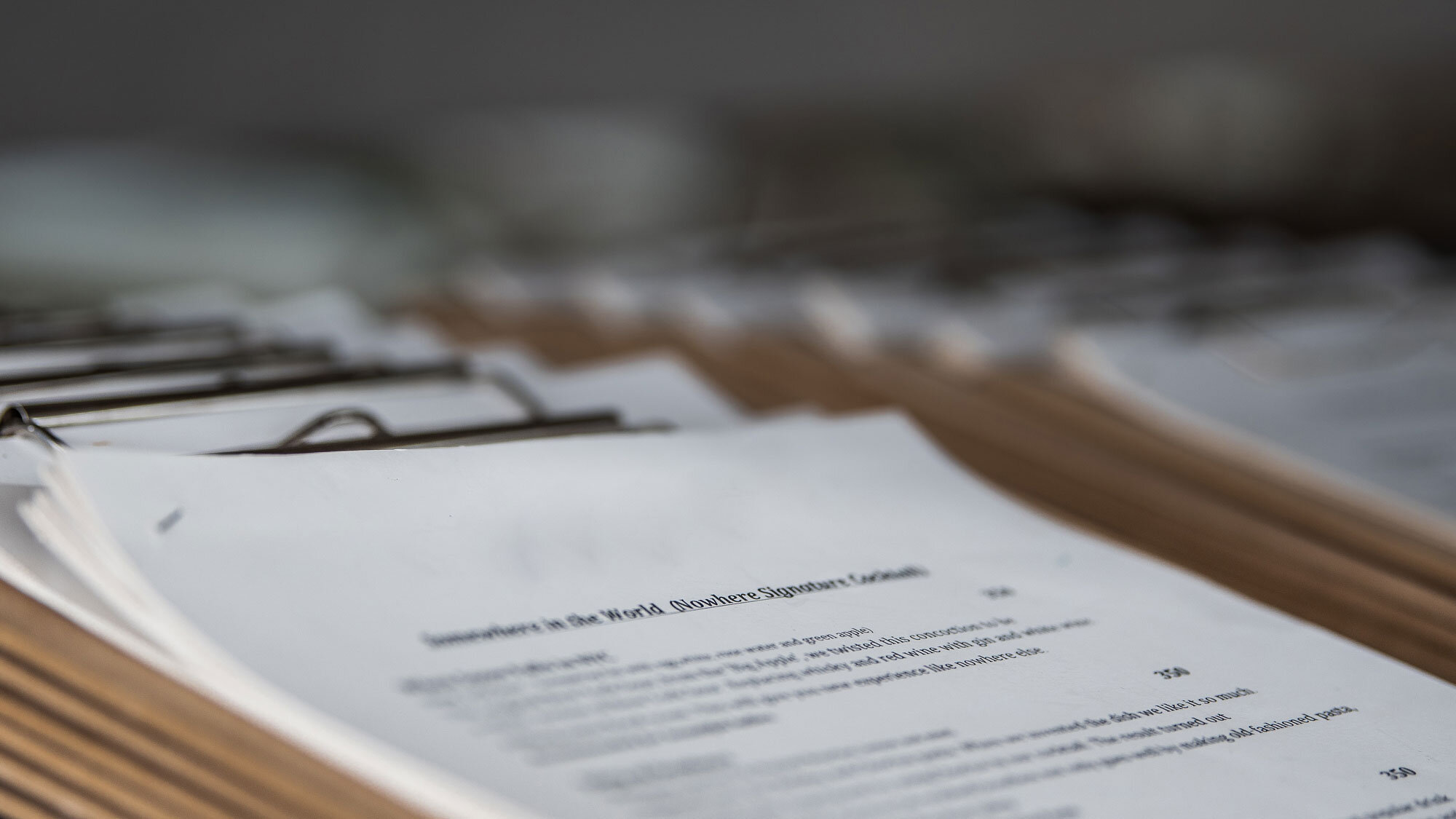Provision of Expert Services to the Secretariat for the Review and Assessment of the Readiness Programme Portfolio
12/2021 - 12/2022
Guido Fernández de Velasco
Guido Fernández de Velasco
Soledad Moreiras
Laura Abram
Harriet Gibson
Cristina Osoro
Clara Malcolm
Coding Team: César Justo
Maria Eugenia Cabot
Andreu Fulquet
Agustina Apud
Mónica Cortés
Estela Baccino
Sara Lavell
Carolina Ribas
Lucía Sosa
Francisca Piperno

The GCF has teamed-up with AAE one more year to review and assess the Readiness Programme Portfolio. Since early 2021, the AAE team has been analysing the growing number of grants of their Readiness Portfolio for better reporting and monitoring. The work entails, as it did in 2021, to continue coding the grants since the start of the programme, now extending into their newly approved Readiness Results Management Framework. As part of the project, the Fund will provide resources through the readiness and preparatory activities and technical assistance to strengthen institutional capacities for country coordination, governance mechanisms, planning and programming frameworks to identify a transformational long-term climate action agenda for developing countries. This will enable all developing country Parties to the UNFCCC to directly access the Readiness Programme.
The overall objective of this assignment is to undertake a concise and thorough technical assessment of the Secretariat’s current portfolio of approved readiness grants under implementation and develop a set of measurable, specific recommendations for improving the efficiency and effectiveness of how these grants are managed.
Main tasks:
- Assessment of the readiness portfolio under implementation for performance and delivery of results in order to assess the extent to which the Readiness Programme portfolio are fulfilling the intended objectives;
- Assessment of trends with respect to constitution of the readiness portfolio, portfolio type, disbursement rates, processing times and implementation structures;
- Review of GCF processes and procedures for grants management and provide recommendations to improve efficiency and effectiveness and reduce risk;
- Benchmarking of GCF grant management processes against peer organisations;
- Identification of successes and challenges, impacts on the beneficiaries, lessons learnt, and specific recommendations for strengthening the implementation of the Readiness Programme as well as the implications for the design and planning stage.
Main outputs:
- Aggregated framework for Readiness 1.0 and 2.0;
- Analytical framework for Readiness 2.0;
- Revised IPR and CR templates and guidelines for IPR and CR with respect to knowledge management and lessons learnt through improved monitoring and reporting;
- Template for annual reporting of lessons learnt from Readiness grants (internal to the Secretariat).
Others projects of potential interest
Contact Us
- aae@aae.com.uy
- +598 2900 34 55
Office
- Plaza Independencia 808, Apt. 1001 11000 Montevideo, Uruguay


